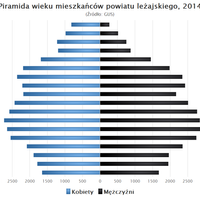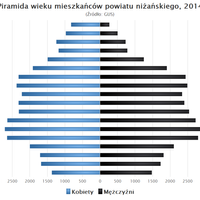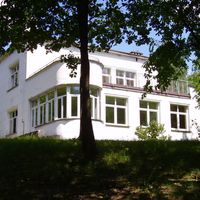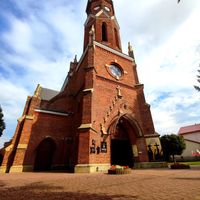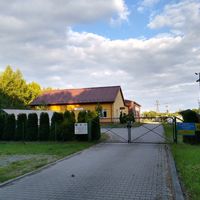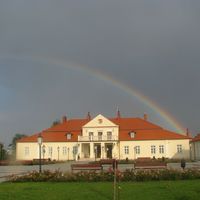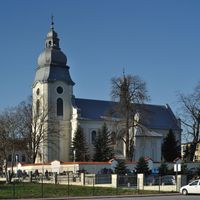Tarnobrzeg Plain
6.61
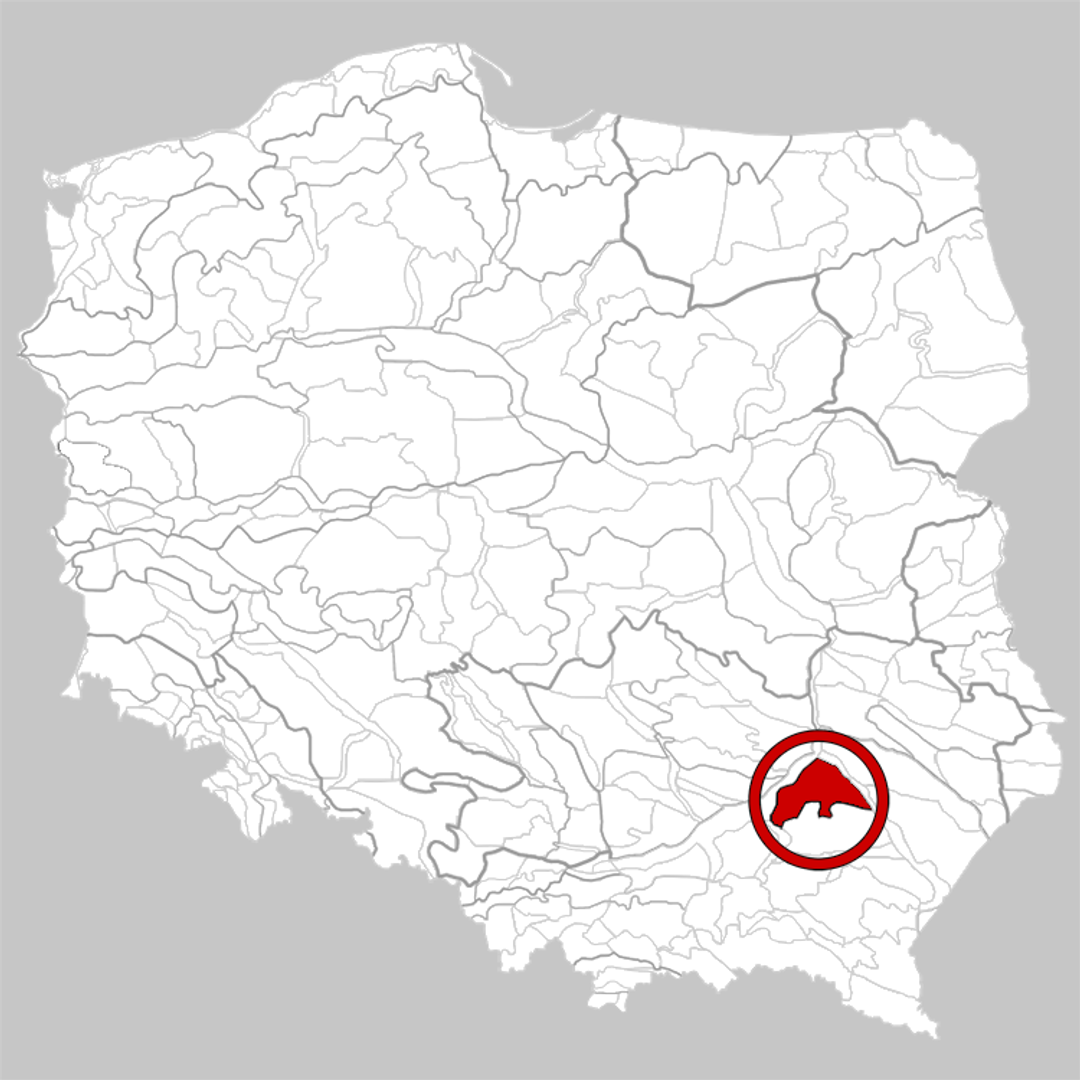
Overview
The Tarnobrzeg Plain, also known as the Rozwadów Plain, is a physiographic mesoregion located in southeastern Poland, within the northern part of the Sandomierz Basin. This region borders the Vistula Lowland, the Lower San Valley, the Kolbuszowa Plateau, and the Lower Wisłoka Valley. The plain was formed from river sands that, through natural processes, have been transformed into dunes. Beneath the surface of the Tarnobrzeg Plain lie Miocene deposits, including rich sulfur reserves, which played a key role in the region's industrialization starting in the 1950s, when these deposits were discovered. This led to the creation of the Tarnobrzeg Sulfur Basin, which contributed to the development of the Tarnobrzeg Industrial District. Fragments of the Sandomierz Forest have been preserved in the region, encompassing forested areas dominated by pine forests, as well as mixed and riparian forests. The main rivers are the Trześniówka and the Łęg, both tributaries of the Vistula. Tarnobrzeg, from which the region takes its name, is an important urban center, and Stalowa Wola is located on the border of the region. An interesting aspect of the region is its history tied to the sulfur industry, which significantly influenced local culture and architecture, visible in the remaining industrial relics. The area also boasts a rich natural heritage, attracting tourists and researchers interested in the geological and natural history of the region.
Location
2025 Wizytor | All Rights Reserved



